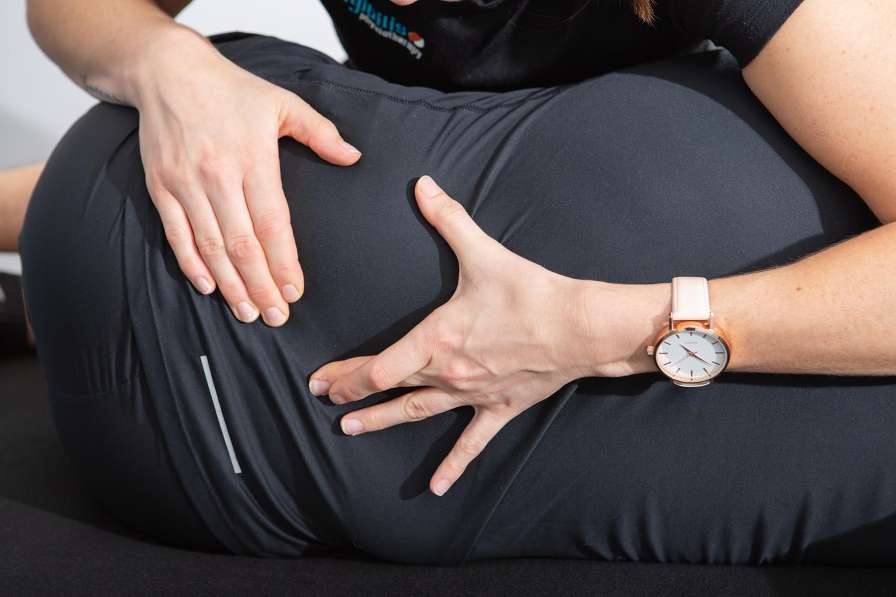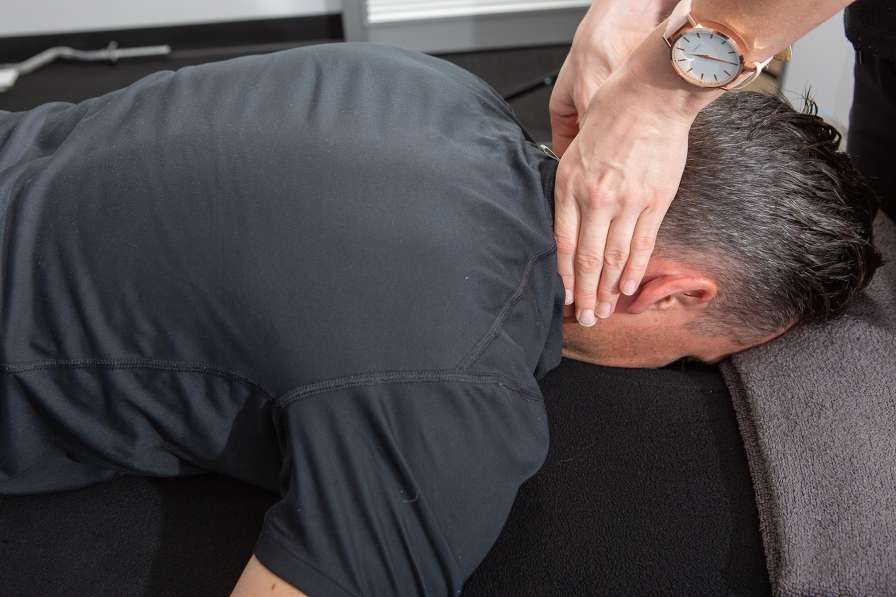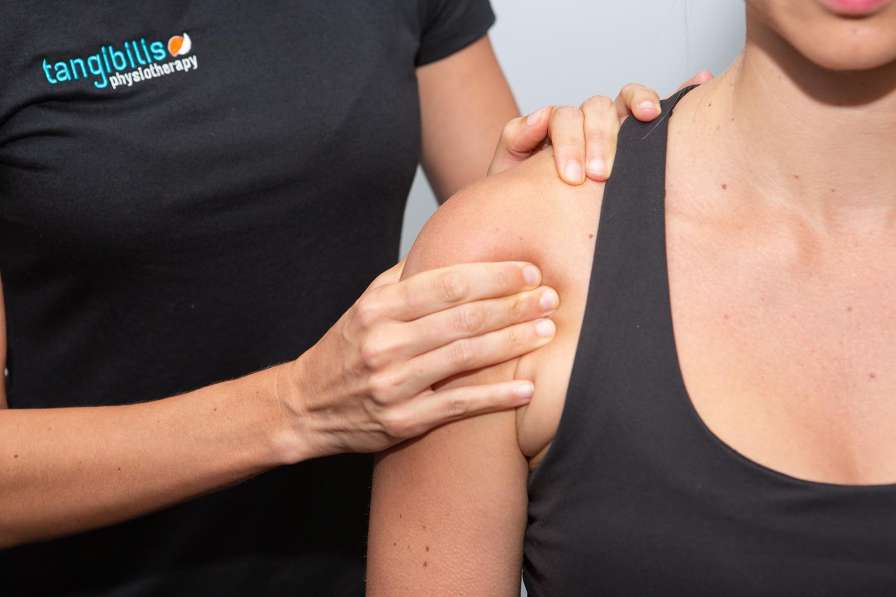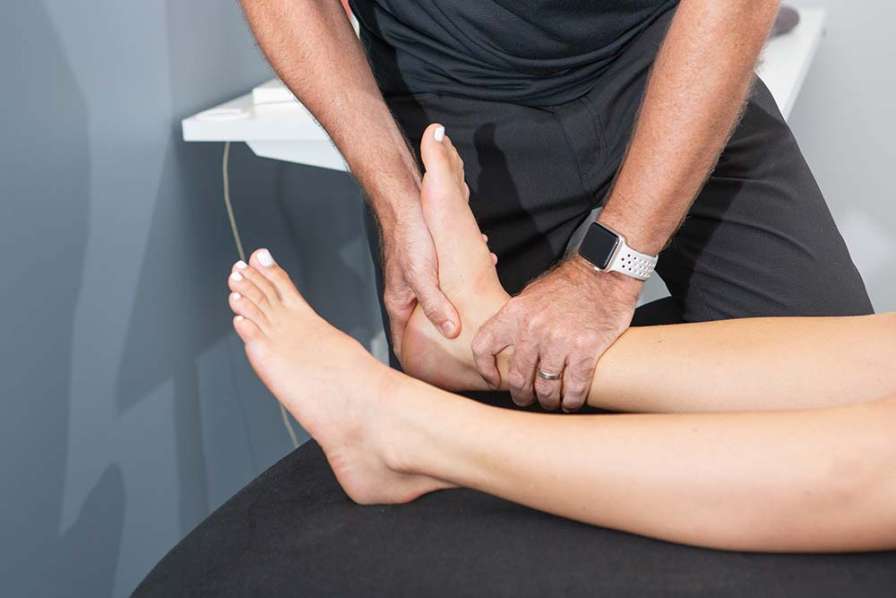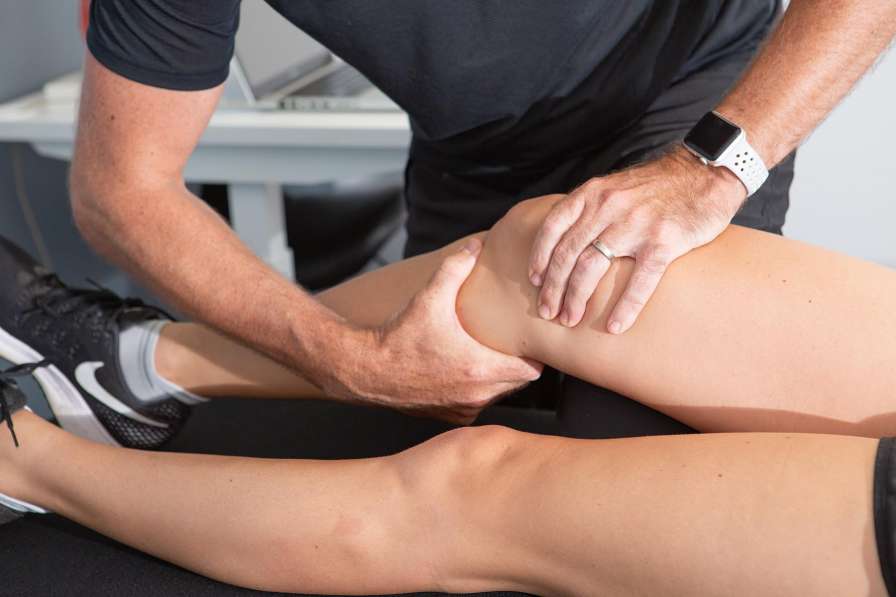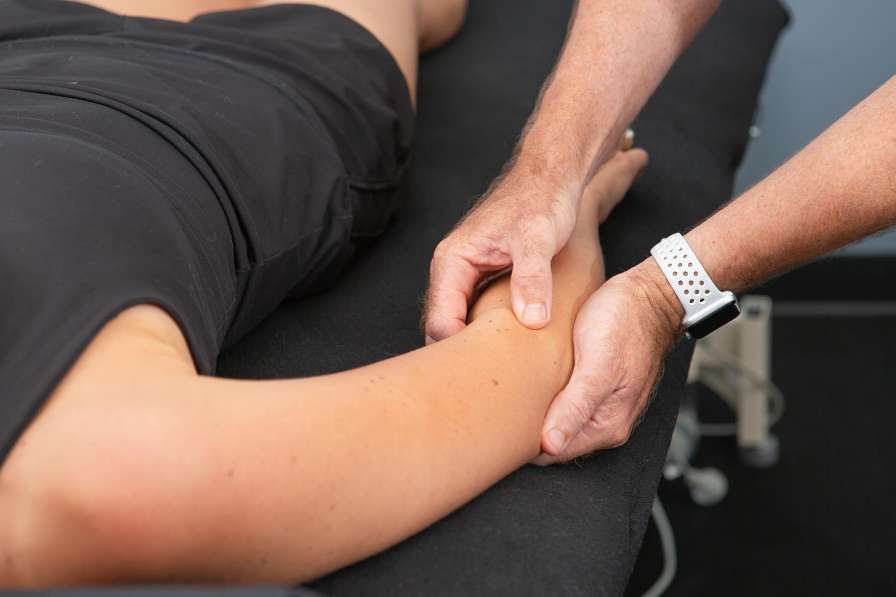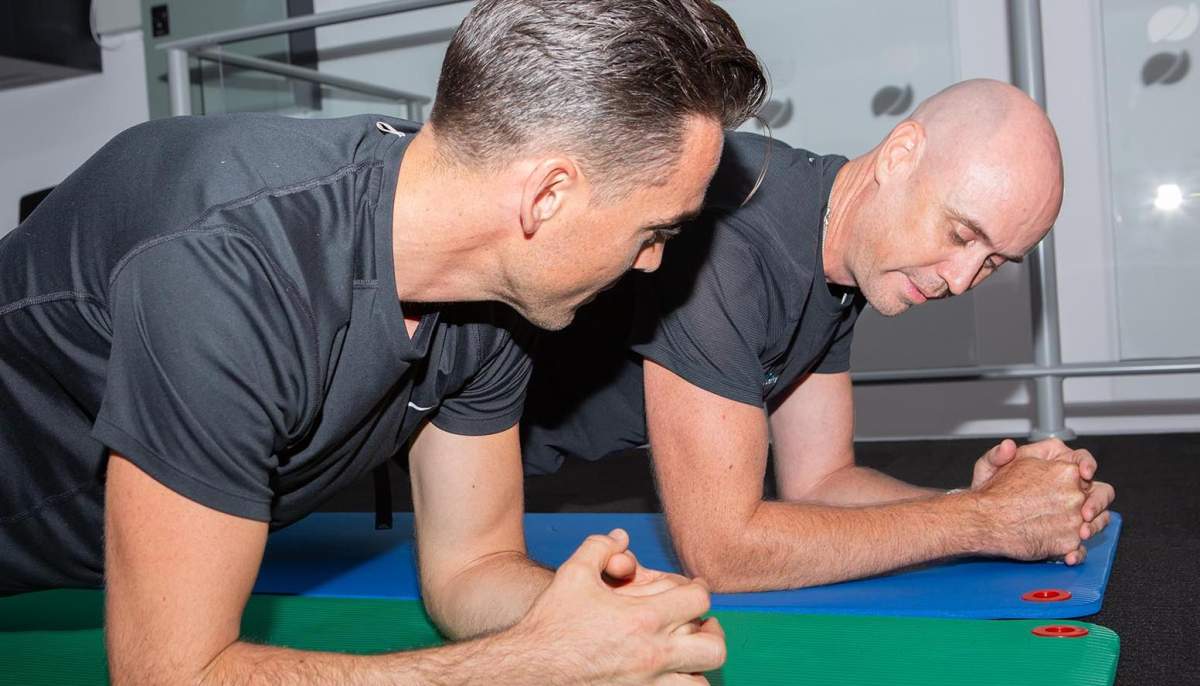Knee pain and injuries
At worst, acute twisting injuries can rupture ligaments, tear cartilage (meniscus) or damage the bony surfaces (articular cartilage), causing the knee to become swollen and unstable. We're experts in assessing these conditions and can certainly help settle your pain in the first instance, by way of taping, bracing, tailored exercise and unambiguous advice. Depending on extent of injury, we can also send you for scans and place you in the right orthopaedic care if required.
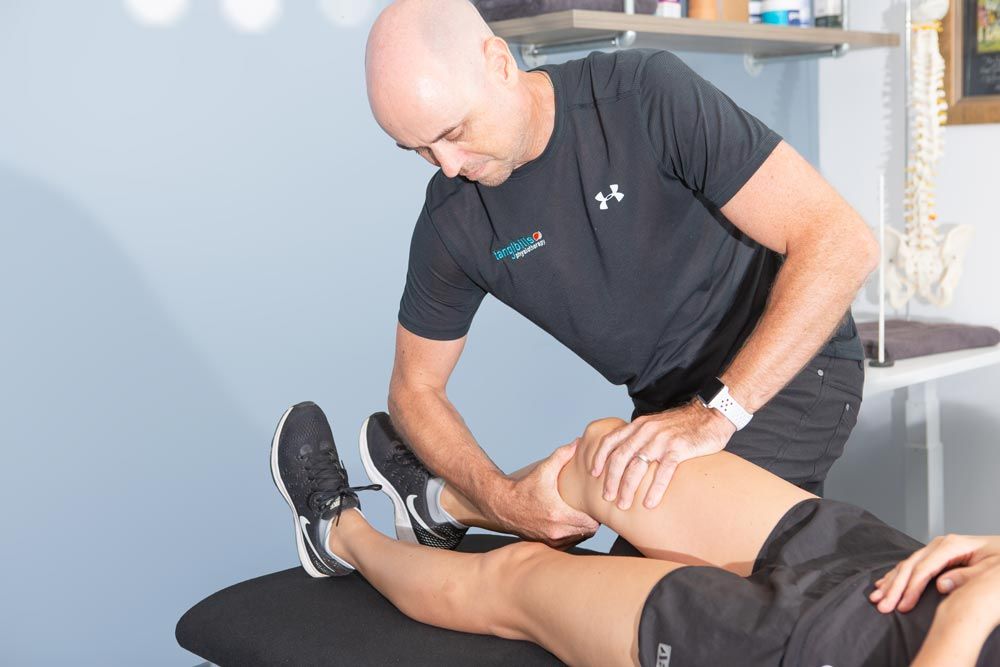
Common causes of knee pain
Thankfully most other types of knee injuries are not as acute and typically occur from degenerative processes in the joint (arthritis), overuse (training errors), or faulty biomechanics around the kneecap (patellofemoral syndrome, ITB syndrome). Whatever the case, our team of experienced physiotherapists will assess the situation and provide you a clear pathway for recovery.
Knee injuries are often debilitating because of the knee's important role in weight-bearing, including walking, jogging, climbing and squatting. Pain may be felt superficially in the outer structures of the knee or deep inside the joint itself. You may feel a tightness due to fluid/swelling and restricted range of motion in bending or straightening your knee. Some people feel a "giving way" sensation or even locking of the knee. Check out the following list for simple hints on possible diagnoses.
- Pain and swelling in the entire knee following an acute twisting injury may indicate anterior cruciate ligament rupture (ACL), meniscal or articular cartilage trauma. These are more common in contact sports and those which require rapid changing of direction (AFL, netball, soccer). Best to get these injuries assessed asap, which may require MRI scan for accuracy.
- Pain over the front of your knee may indicate a patella-based problem (friction, impingement, dislocation, tendinitis and occasionally fracture). These are commonly seen in jumping sports and runners. Causes include faulty biomechanics, training errors, overuse and direct impact.
- Pain on the inside of your knee may indicate a medial meniscus abnormality, medial collateral ligament sprain (MCL) or degenerative osteo-arthritis (OA). Common causes include twisting trauma, falls or sometimes just years of degenerative changes in the joint.
- Pain on the outside of your knee may indicate iliotibial band friction syndrome (ITBFS) or hamstring tendonitis. This is more common in distance runners and cyclists. Lateral collateral ligament sprain (LCL) and lateral meniscus abnormality are other possibilities.
- Pain in the back of your knee commonly indicates a knee joint swelling (e.g. Baker's cyst), but may also be related to low back pain (referred).

